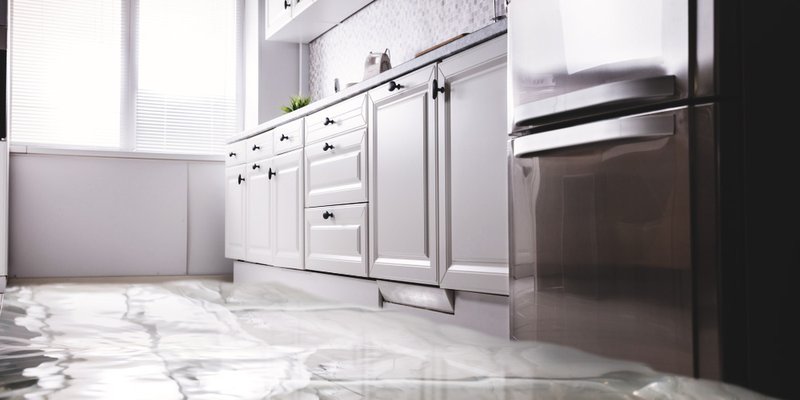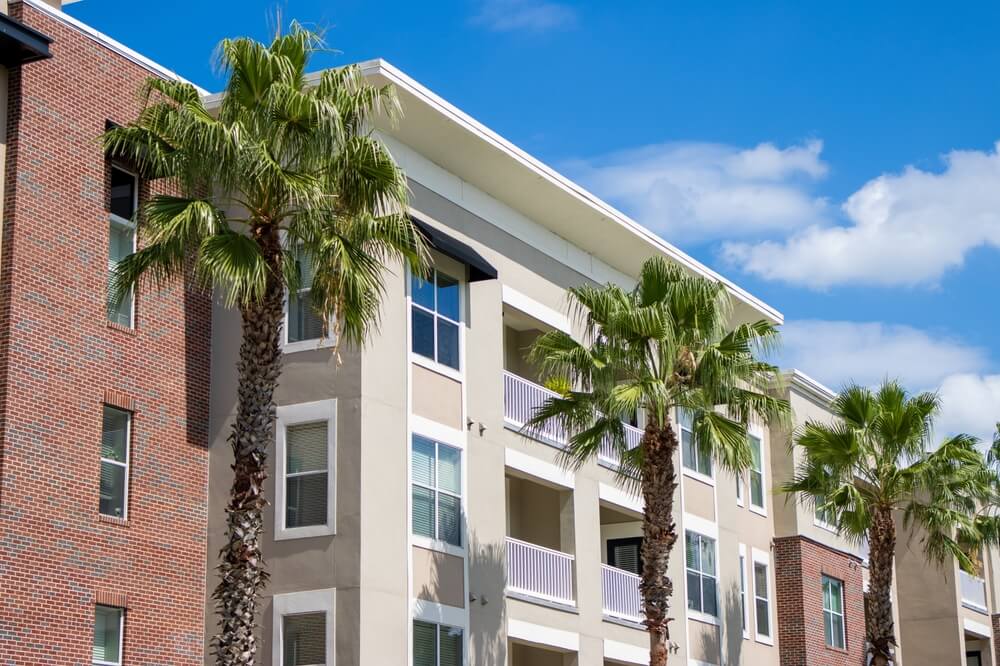
If you are not redirected within 30 seconds, please click here to continue.
Samedi: 10h – 16h HAE

If you are not redirected within 30 seconds, please click here to continue.
If you are not redirected within 30 seconds, please click here to continue.
- Provincial governments rank a “grade of C” for flood preparedness, according to a report.
- Insurers only started offering flood insurance coverage in 2015.
- There are many things you can do to help protect your home from flooding.
Flooding is Canada’s most costly natural disaster annually. And if it seems like floods, ice storms, and other types of extreme weather are happening more frequently and severely – both in the news and in your city, you are not imagining it.
Climate change is continuing to have a greater impact on natural disasters like floods and forest fires. Unfortunately, Canada’s preparedness to handle such events does not rate as high as it should, according to a new report from the Intact Centre on Climate Adaptation at the University of Waterloo.
The report reveals that, on average, provincial governments rank a “grade of C” for flood preparedness. That is only a marginal improvement from four years ago, where most of Canada rated a C-minus. But experts stress that is not nearly enough progress, especially since climate change is causing more significant flood risks every year, and in turn, may have an impact on your home insurance.
Are you at risk?
Whether you own or rent your home, or live in a house, condo, or apartment, it makes sense to learn what the biggest risks are, how to protect yourself and ensure your insurance coverage is sufficient – especially if you live in a higher risk area. But knowing which areas are at most risk is not as simple as it sounds.
According to the report, some provinces, including British Columbia and Saskatchewan, haven’t updated their flood maps in more than two decades. Many jurisdictions are reluctant to update or make such maps public because if these new assessments find that certain homes and businesses are at higher risks of flooding, those property values will likely suffer.
In contrast, the report notes that Alberta is the only province in Western and Central Canada that manages floodplain mapping and produces flood hazard maps for the province. These maps are updated on a 10-year cycle.
However, the authors also said Alberta only produces flood hazard studies for ice-related flooding for some parts of the province.
And for every single dollar paid out in insurance claims for homes and businesses, the Insurance Bureau of Canada (IBC) estimates that Canadian governments payout three times that amount to recover public infrastructure damaged by severe weather, according to the report.
That could indicate the infrastructural damage is more expensive, but it could also mean that people were not able to claim as much as they thought they’d be able to in the wake of flood damage.
Don't waste time calling around for home insurance
Use RATESDOTCA to shop around and compare multiple quotes at the same time.
Finding the best home insurance coverage has never been so easy!
Are you protected?
Even though flooding is by far the most frequent kind of natural disaster in the country, insurers only started offering flood insurance coverage in 2015. Before then, only sewer system back-up coverage was offered, but now Canadians have several options, depending on where you live. It’s important to note that all flood insurance is optional, it must be purchased as a specific add-on to your home insurance policy.
The IBC says only a small percentage of the Canadian population is at risk for what’s known as overland flooding, which is caused when water from swollen rivers and other bodies of water flows onto land, in turn, damaging homes. It is a common occurrence during the spring thaw.
But the organization also says escalating severe weather events are resulting in higher financial losses. Water-related insurance claims are up because of severe weather like heavy and extensive rainfalls. The association’s data states 2019 was the seventh most costly year on record with $1.3 billion in insured damages because of rain, snow, floods and windstorms.
I am a renter: do I still need flood insurance?
If you rent a home in a flood plain or a basement apartment, you may need flood insurance. Your landlord will typically have property insurance, which will insure the building and its structure. But the safety of your contents (like your furniture, electronics, clothes and other belongings) is your responsibility (this is where tenant insurance comes in).
A basic renters’ insurance does not automatically provide coverage against flood damage. However, you can buy this coverage as an add-on into your existing tenant insurance policy. Water damage like sudden leaks and pipe bursts will typically be covered in your standard tenant insurance.
If you feel like your home is prone to rainstorms or floods, don’t wait until you see water where it shouldn’t be - talk to your insurance representative to find out what coverage is recommended.
How can I floodproof my home?
There are many things you can do to help protect your home from flooding. Not living in areas susceptible to flooding in the first place is one of the best ways to avoid floods, but that is no guarantee, especially with climate change-related floods increasing every year. Here are some things you can do to reduce the potential for flood waters entering your home:
- Install a backwater valve in your sewer line. That will prevent waste from coming into your home through your basement floor drain.
- Maintain your roof, skylights and eavestroughs. Make sure your gutters are free from obstruction and that downspouts direct the runoff at least five feet from your home’s foundation.
- Ensure the ground slopes away from the foundation and the base of your home. That will prevent water from pooling around your foundation and eventually finding its way into your home.
Floods happen. How can I minimize water damages?
Even if you have taken precautions and purchased the required coverage, floods in your home can still happen. These tips from IBC will help to minimize any potential water damage in the event a flood occurs:
- Install one or more sump pumps with back-up batteries, and test these occasionally.
- Ensure all floor drains are clear of obstructions.
- Have a disaster safety kit handy.
Tips for insurance claims in the event of flood damage:
- Keep a regularly updated inventory of important things in your home.
- Make sure that any important documents, irreplaceable paperwork, and photographs are stored in a space where they are less prone to damage (i.e., not in your basement).
The best thing to do is to be prepared, even if the risk seems minimal. That includes ensuring your home insurance policy has the right coverages. Talk to your insurance provider to understand what coverage you already have and get advice to find out if more is recommended for your particular area or housing situation.
Get money-saving tips in your inbox.
Stay on top of personal finance tips from our money experts!











